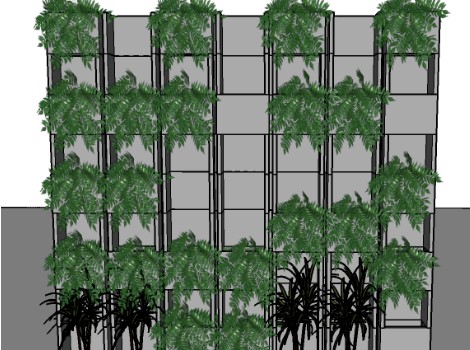Reuse of laboratory waste as aggregate in the manufacture of structural concrete
DOI:
https://doi.org/10.20873/jbb.uft.cemaf.v8n2.sengerKeywords:
compression, recyclable concrete, environmental impacts, preservation, sustainabilityAbstract
Civil construction presents itself as an efficient alternative to absorb the waste generated in the laboratories linked to the theme, through its use as an aggregate in obtaining recyclable concrete, the opportunity to use it in making new products is envisaged, in addition to from the economic and environmental contribution, expansion of the number of jobs, environmental preservation, among others, starting to play an important role with regard to the economy and social practices. Through the use of this material, different traces in the composition of the concrete were designed, in order to verify its characteristics regarding absorption and resistance to compression, developed by laboratory tests that allowed to obtain results, which after being tabulated and analyzed, makes - it is possible to find a way to minimize environmental impacts, through its reuse as raw material in the manufacture of by-products, aiming at its application in the buildings themselves or in their surroundings. The approached methodology is given by action research through experimentation through laboratory analysis. With the use of these residues, the objective is to reduce the cost of manufacturing concrete parts, providing a sustainable destination for the materials now discarded. The values obtained show favorable results for the use of laboratory residues from civil construction in the manufacture of structural concrete, both in buildings and in pavements.
References
Angulo SC, John VM. Normalização dos agregados graúdos de resíduos de construção e demolição reciclados para con-cretos e a variabilidade. In: IX Encontro nacional de tecno-logia do ambiente construído. Foz do Iguaçu, 2002. Anais...
Butller AM. Concretos com agregados graúdos reciclados de concreto – Influência da idade de reciclagem nas proprieda-des dos agregados e concretos reciclados. Dissertação (Mes-trado) – Escola de Engenharia de São Carlos. Universidade de São Carlos, São Carlos. 2003.
John VM. Aproveitamento de resíduos sólidos como materiais de construção. In: Cassa JCS. et al. (Org). Reciclagem de entulho para a produção de materiais de construção: projeto entulho bom. Salvador: EDUFBA; Caixa Econômica Fede-ral, 2001.
Neville AM, Brooks JJ. Tecnologia do concreto. 2ª Ed. São Paulo 2013.
Pinto TP. (Coord.). Gestão ambiental de resíduos da constru-ção civil: A experiência do Sinduscon-SP. São Paulo: Sin-duscon, 2005. 48p.

Published
How to Cite
Issue
Section
License
Copyright (c) 2024 - Journal of Biotechnology and Biodiversity

This work is licensed under a Creative Commons Attribution 4.0 International License.
Authors who publish with this journal agree to the following terms:
Authors retain copyright and grant the journal right of first publication with the work simultaneously licensed under a Creative Commons Attribution License (CC BY 4.0 at http://creativecommons.org/licenses/by/4.0/) that allows others to share the work with an acknowledgement of the work's authorship and initial publication in this journal.
Authors are able to enter into separate, additional contractual arrangements for the non-exclusive distribution of the journal's published version of the work (e.g., post it to an institutional repository or publish it in a book), with an acknowledgement of its initial publication in this journal.
Authors are permitted and encouraged to post their work online (e.g. in institutional repositories or on their website) prior to and during the submission process, as it can lead to productive exchanges, as well as earlier and greater citation of published work (Available at The Effect of Open Access, at http://opcit.eprints.org/oacitation-biblio.html).


